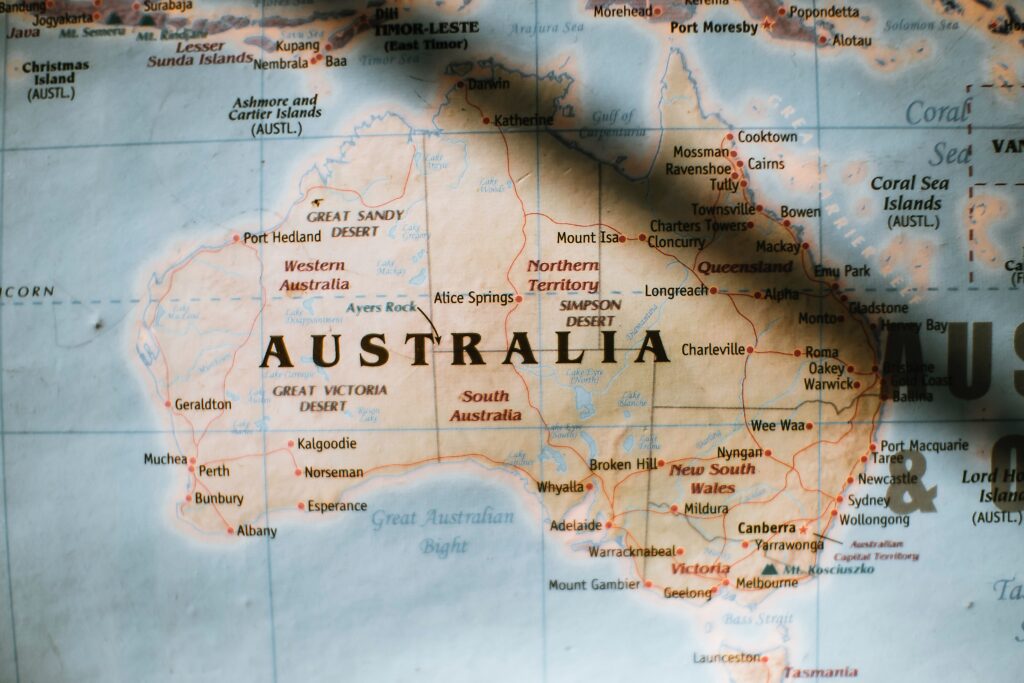In this article, we have covered the highlights of global market news about the USD/IDR, AUD/USD, NZD/USD and USD/JPY.
USD/IDR: A break of last week’s low of 15000 will result in a drop to 14810 – SocGen
Today, Bank Indonesia (BI) maintained its policy rate at 5.75%. According to Société Générale experts, USD/IDR is now trading in the negative, and a failure to maintain the 15000 level set last week will result in more losses.
Major resistance is 15400. The interest rate of Bank Indonesia remained at 5.75%.
“A critical resistance is the lower consolidation band from November into December near 15400. Failure to cross would indicate further downward movement.
Breaking through the previous week’s low at 15000 “is expected to result in a slide towards 14810 and maybe even approaching the high of April 2021 at 14600.”
AUD/USD remains above 0.6900 despite a lower Dollar but lacks follow-through ahead of US data.
On Thursday, the AUD/USD pair exhibited resistance below the 50-day SMA again and drew new buying close to the 0.6870-0.6865 area. For the first half of the European trading day, the pair maintains its intraday gains and is presently trading at 0.6920, just a few pips below the daily peak.

A minor US Dollar decline is considered a significant factor supporting the AUD/USD pair as investors look beyond the discouraging Australian employment numbers. Contrary to expectations for a 20K increase, the Australian Bureau of Statistics recorded an 11.5K decline in employed persons earlier this Thursday. Moreover, the data for the preceding month was changed to reflect a loss of 19.9K jobs rather than the initial estimate of a reduction of 14.6K jobs. Nevertheless, the unemployment rate increased slightly to 3.7% during the reported month from 3.5% in the previous and expected months.
However, the market response is fleeting as some selling around the USD, hampered by declining US Treasury bond rates, emerges. Yet, growing anticipation of future Federal Reserve policy tightening should prevent the US bond rates and the Greenback from experiencing further falls. Investors are now pricing in at least a 25 bps lift-off at the following two FOMC meetings in March and May, seemingly confident that the US central bank will maintain its hawkish attitude for longer. The Tuesday US consumer inflation data confirmed the wagers.
NZD/USD may revert to the 0.6220 area, according to UOB
Markets strategist Quek Ser Leang and economist Lee Sue Ann of the UOB Group believe that more selling pressure might push the NZD/USD currency to 0.6220 in the coming days.
Throughout the last day, we anticipated that the NZD would fluctuate between 0.6300 and 0.6365. NZD, however, fell to 0.6253 before rising again. The weakness has not stabilized despite the resurgence. From here, NZD might slide to 0.6240 before stabilization is anticipated as long as it keeps below 0.6310 (minor resistance is around 0.6290). It is not anticipated that the significant support at 0.6220 will be threatened today.
Our most recent analysis said that the NZD is expected to stabilize and trade between 0.6270 to 0.6450 starting two days ago (February 14, spot at 0.6360). NZD shattered yesterday’s strong support around 0.6270 and fell to 0.6253. The quickening of the negative trend means the NZD might go further lower to 0.6220 or 0.6195. The downside risk remains as long as the NZD remains below the “strong resistance” level, now around 0.6345.
USD/JPY stays around 134.00, hovering at a daily low amid a slight USD weakening.
On Thursday, the USD/JPY pair experienced some selling pressure and broke a three-day winning run, reaching its highest level since January 6 in the vicinity of the 134.35 level achieved the day before. During the European session, the pair has been trading around the 133.80 area, just a few pip’s above the daily low.

Despite a slight decrease in US Treasury bond rates, the US Dollar drops from a six-week high and ends up being a major contributor pushing the USD/JPY pair down. On the other hand, rumors that Kazuo Ueda, a candidate for governor of the Bank of Japan (BoJ), may abolish the yield curve control support the Japanese Yen (JPY). In addition, the impending recession fears put pressure on the major and increased the JPY’s relative safe-haven status.
The likelihood of additional Fed policy tightening, which should support US bond rates and the Greenback, has buffered the downside for the USD/JPY pair. At least a 25 bps lift-off is now factored into the markets for the next FOMC meetings in March and May. Recent US macro data confirmed the bets, which showed persistently strong inflation and a robust economy despite increasing borrowing prices.
Please click here for the Market News Updates from 15 February, 2023.

